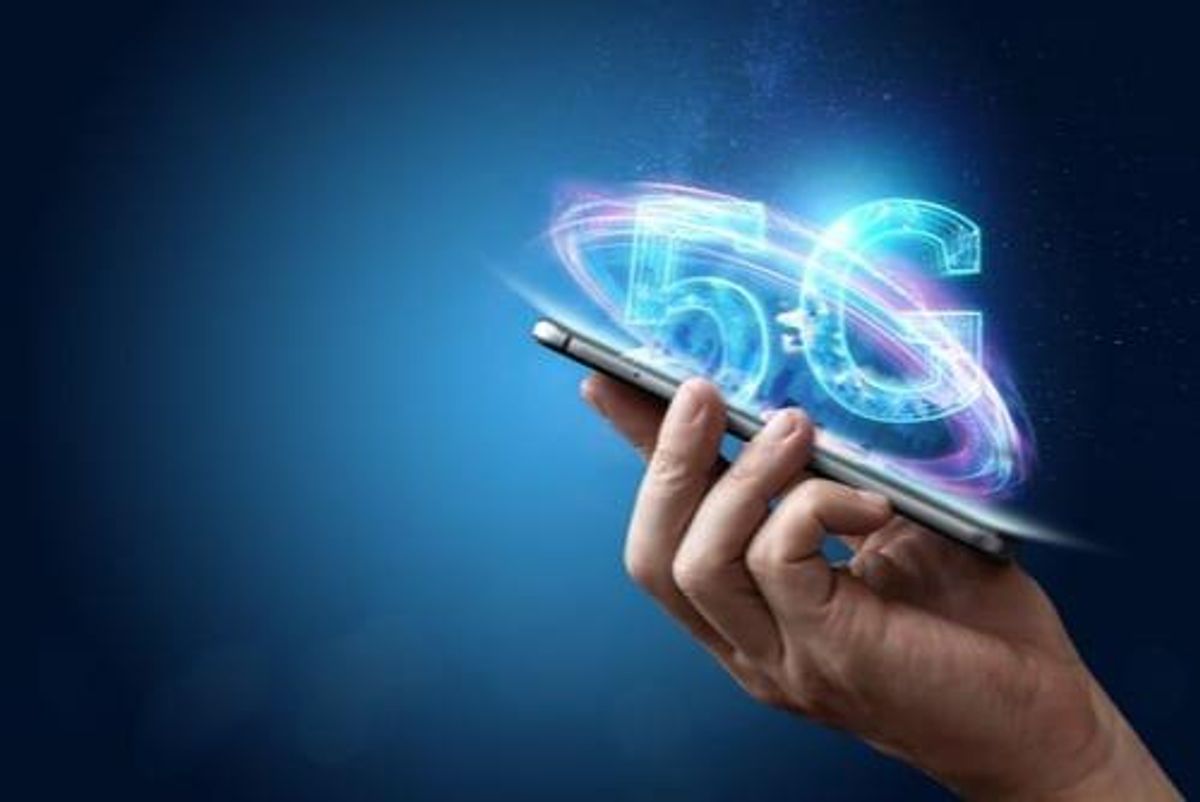- AustraliaNorth AmericaWorld
Investing News NetworkYour trusted source for investing success
- Lithium Outlook
- Oil and Gas Outlook
- Gold Outlook Report
- Uranium Outlook
- Rare Earths Outlook
- All Outlook Reports
- Top Generative AI Stocks
- Top EV Stocks
- Biggest AI Companies
- Biggest Blockchain Stocks
- Biggest Cryptocurrency-mining Stocks
- Biggest Cybersecurity Companies
- Biggest Robotics Companies
- Biggest Social Media Companies
- Biggest Technology ETFs
- Artificial Intellgience ETFs
- Robotics ETFs
- Canadian Cryptocurrency ETFs
- Artificial Intelligence Outlook
- EV Outlook
- Cleantech Outlook
- Crypto Outlook
- Tech Outlook
- All Market Outlook Reports
- Cannabis Weekly Round-Up
- Top Alzheimer's Treatment Stocks
- Top Biotech Stocks
- Top Plant-based Food Stocks
- Biggest Cannabis Stocks
- Biggest Pharma Stocks
- Longevity Stocks to Watch
- Psychedelics Stocks to Watch
- Top Cobalt Stocks
- Small Biotech ETFs to Watch
- Top Life Science ETFs
- Biggest Pharmaceutical ETFs
- Life Science Outlook
- Biotech Outlook
- Cannabis Outlook
- Pharma Outlook
- Psychedelics Outlook
- All Market Outlook Reports

While most people have ignored the mass rollout of 5G, society became very familiar with its potential and limitations in mid-March.
5G is one of the fastest-growing technologies around the world. In 2019, the next level of connectivity boasted 10 million users.
By 2023 that number is expected to balloon to 1.01 billion.
While the mass rollout of 5G has gone unnoticed by some, society became very familiar with its potential and limitations in mid-March. As the world shut down, people turned to their devices to stay connected.
Since then, the COVID-19 pandemic has in many ways both strained and expanded the connectivity of digital networks like never before.
Strong 5G connections during COVID-19
During her presentation at the digital Collision conference this week, Rose Stuckey Kirk of Verizon (NYSE:VZ) touched on how 5G rose to the occasion when the virus sent the world into lockdown.
For example, the senior vice president and chief corporate social responsibility officer for the telecommunications giant explained how Verizon built a digital platform to promote and enable remote learning during lockdown.
However, the executive was quick to note that there are limitations to empowering students with 5G.
“(US) data is showing that about 37 percent of lower-income students are not doing any type of remote learning,” she said. “Because they may not have access at home, and their teachers or their school districts may not be able to enable it.”
Combating the growing disparity when it comes to access will be one of the major concerns around 5G-enabled learning in the future.
Stuckey Kirk also discussed how 5G has made virtual doctor visits possible over the last four months. She noted that she and her husband are fond of the doctor-in-a-box model, which has allowed them to access their health platform 24 hours a day.
In total, about US$4.2 billion is expected to be spent globally on 5G wireless network integration in 2020, and the money will be used to monitor and operate everything from autonomous vehicles to foyer lights.
Addressing 5G safety and labor force concerns
As 5G has become more ubiquitous in our daily life, questions around its safety have been raised — and that’s a topic that Stuckey Kirk did not shy away from.
“There are absolutely no health concerns,” she said. “And I will tell you that all of our facilities, including the small cells that we use to build 5G, are actually in compliance with (US Federal Communications Commission) safety standards.”
She went on to say that more education around 5G and its applications is needed.
While fears around 5G towers and health have now been identified as urban myths, concerns about the role people will play in an ever-evolving technological society are valid.
For Stuckey Kirk, the solution is for the labor force that is threatened by the advancement of technology to be re-educated with in-demand skills.
“I think our obligation is to make sure that in a world where 5G comes into play with all of its benefits, we have to make sure that we are focused on how do we re-skill and up-skill individuals to be able to compete for jobs and opportunities in what will be a massive digital economy,” she said.
Don’t forget to follow us @INN_Resource for real-time updates!
Securities Disclosure: I, Georgia Williams, hold no direct investment interest in any company mentioned in this article.
Outlook Reports
Featured Emerging Technology Stocks
Browse Companies
MARKETS
COMMODITIES
| Commodities | |||
|---|---|---|---|
| Gold | 2391.56 | +11.63 | |
| Silver | 28.55 | +0.31 | |
| Copper | 4.52 | +0.06 | |
| Oil | 83.03 | +0.30 | |
| Heating Oil | 2.56 | +0.02 | |
| Natural Gas | 1.76 | +0.01 | |
Investing News Network websites or approved third-party tools use cookies. Please refer to the cookie policy for collected data, privacy and GDPR compliance. By continuing to browse the site, you agree to our use of cookies.